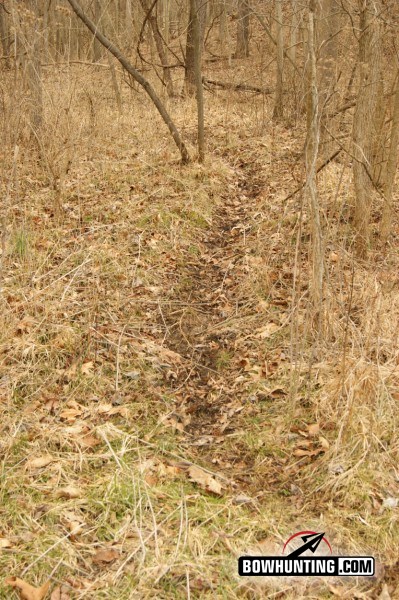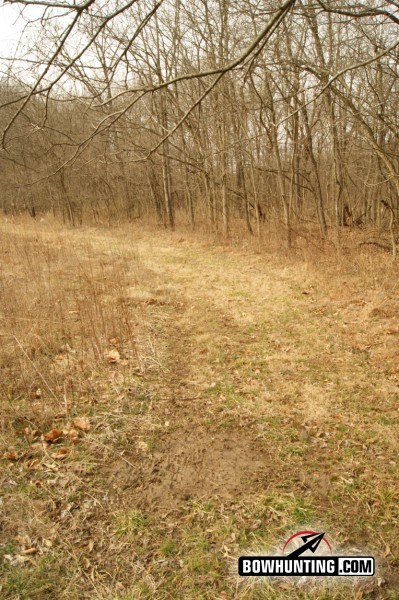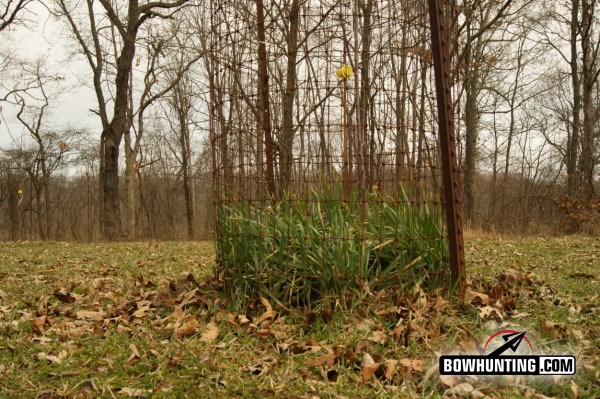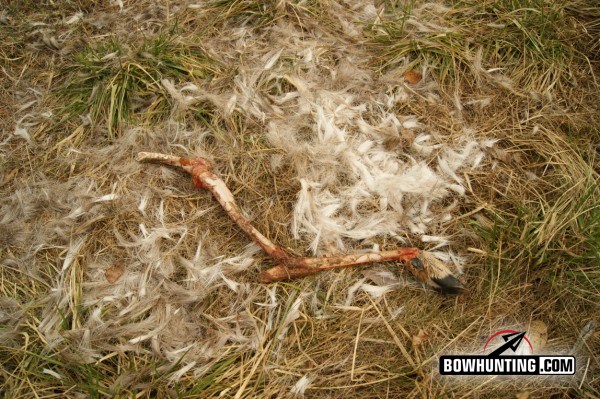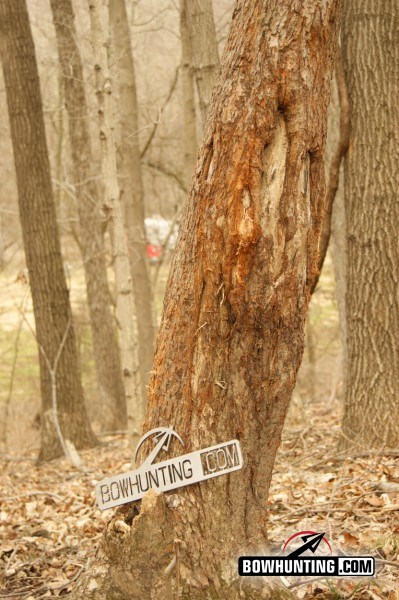LAST UPDATED: May 8th, 2015
Just as the title says, “Late Winter Is The Best Time to Scout Your Woods”. There are many advantages to scouting this time of year. From sign being more visible to not spooking the deer you are hunting to just getting out and curing a bout of cabin fever, get out and scout.
Scouting this time of year is low impact on my hunting grounds. I’m not hunting them any more so I don’t mind if I spook a few deer. They will be long over the intrusion by the time hunting season rolls around this fall. Plus it gets me out of the house and into the woods again. I just need to be in the woods every now and again.
My main reason for wanting to hit the woods scouting in late winter is the sign is very easy to spot this time of year. The leaves are all gone and the woods are wide open, enabling me to see a long ways through the woods. If there is no snow on the ground as is the case this year on my farm the well used deer paths look more like cattle trails full of hoof prints. The deer tend to have just a couple main food sources left and they hit those more regularly now and use the same paths traveling back and forth from food to bed. Make note of these trails for future late season ambush points if the food sources are the same as this year. These trails can also lead you to preferred late season bedding areas. While these may not be the same bedding areas the deer will use during early season, keep them in mind if you still have an unfilled tag as next season is winding down. Deer will return to favored bedding areas, it’s where the feel safe.
This is the type of trail to set a stand up on for a late season hunt.
Buck sign also sticks out like a sore thumb this time of year. Well used scrapes will be the only places where leaves and other debris doesn’t cover the forest floor. Especially look on old logging roads or field edges where branvhes hang out into the field. These would be great places to start a mock scrape next fall and set up a trail camera to take inventory of the bucks in your neighborhood. The shredded trunks of rubbed trees are easily spotted without all of the underbrush hiding them in late winter too. Rub lines can be detected by standing next to one rub and looking ahead for the next one and so on. This can be good place to hang a stand next fall too. The buck is showing you a travel route he likes to use when traveling across your land.
Many times bucks will use the same location for scrapes year after year.
If you use exclusion cages in your food plots you can tell which crops the deer favor the most on your land. This will allow you to design your food plots to have the deer end up in front of your stand. By planting their most favored food near the funnels and pinch points where your stands are hung, you can coax them into bow range without them even feeling the pressure of the forced movement.
I think they really, really liked the winter wheat. I’ll be planting more of it this fall.
The one thing I don’t like finding on my late season scouting trips are the remains of deer. This can mean my predator population is too high or the deer are stressed because of the cold weather. Or it could have been a wounded animal that finally succumed to his injuries. I’m especially not wanting to find the remains of any of the bucks I was chasing last year or the ones I passed up hoping he would be a bruiser this fall.
Definately a scene I don’t want to find on my property.
But this on the other hand, is what we all want to find while scouting for next season.

